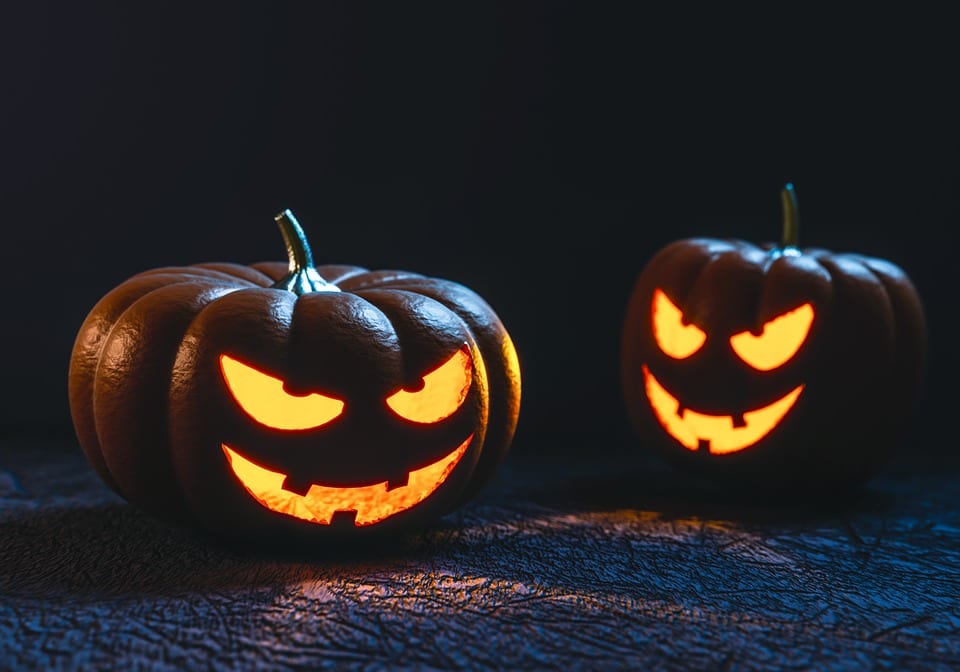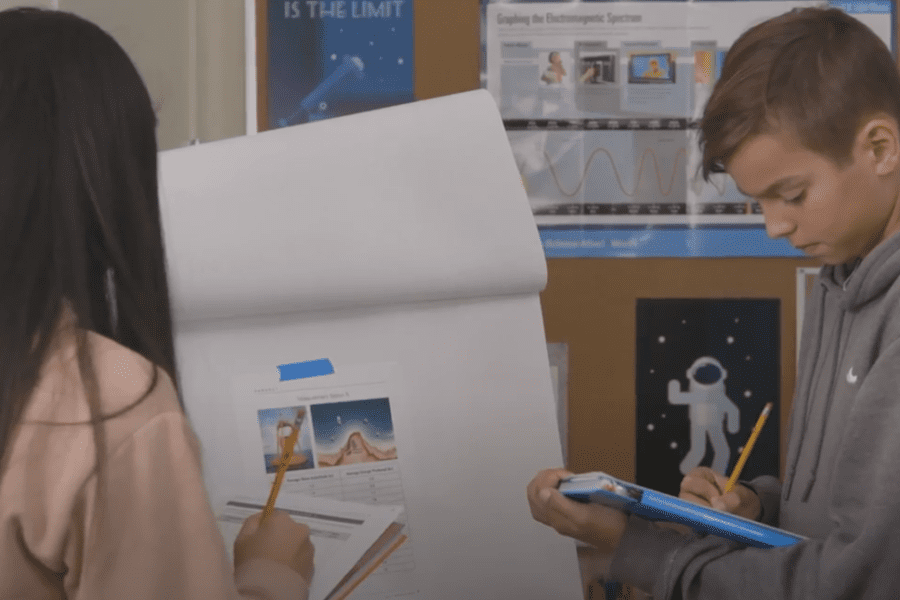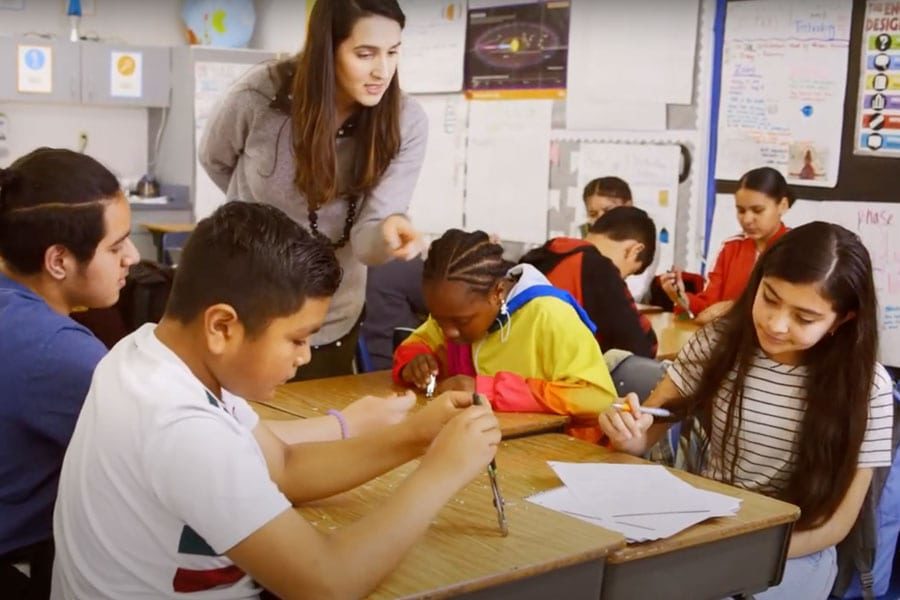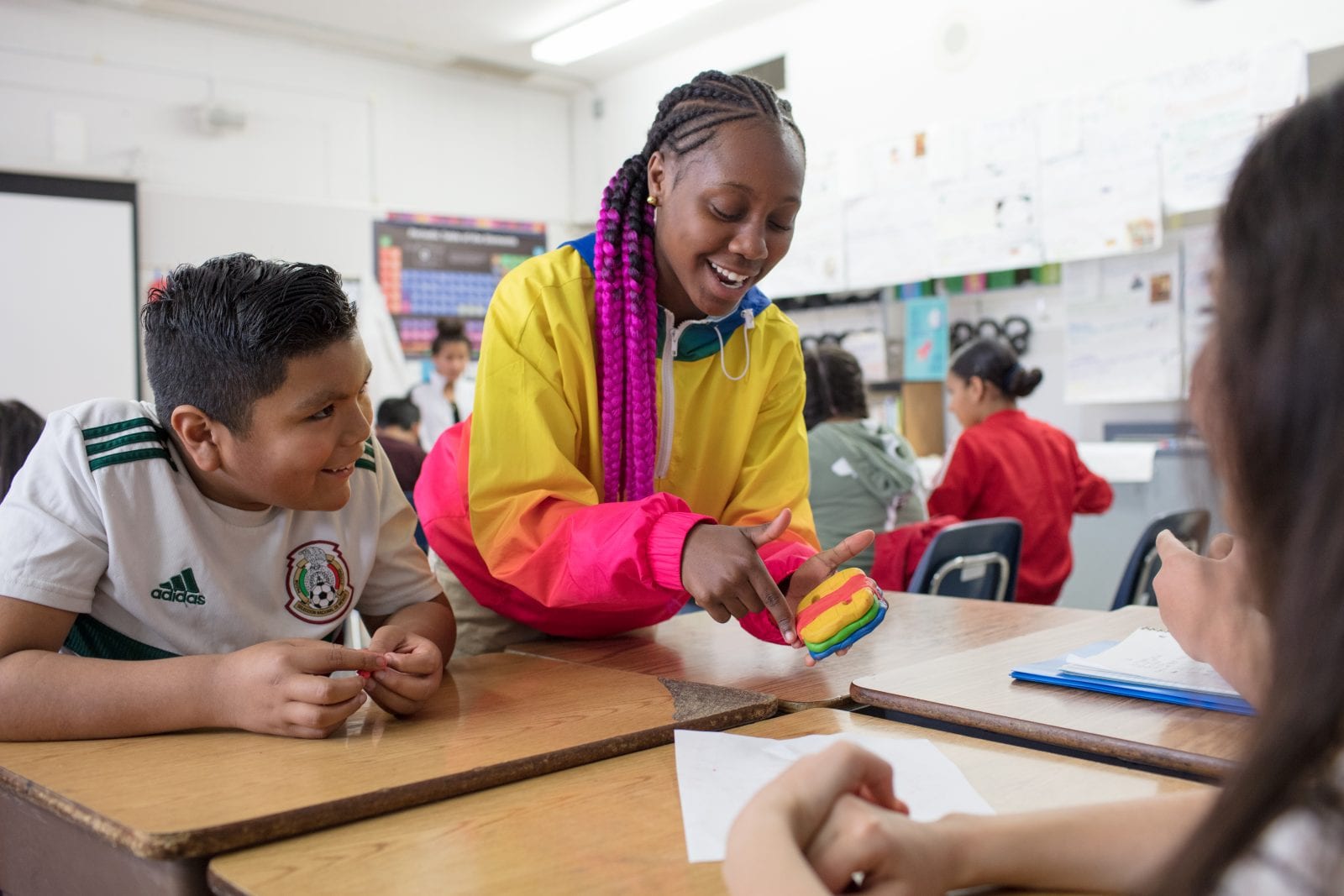
Halloween is a spooktacular time of year when everyone’s creative spirit comes to life. The fun doesn’t have to stop at your classroom door, however. While dressing up and throwing a class Halloween party may be a given, you can also incorporate holiday activities into your lesson plans to help your students understand the material and stay engaged with hands-on learning.
We’ve put together eight ideas you can use in your science classes that can be adjusted for any aged goblin or ghoul as you teach through the different branches of science.
Build a skeleton
If your class is learning the different parts of the human body, what better way to incorporate a spine-chilling activity than by building a skeletal friend? Depending on your class’s grade, this could be a great time to name the major bones and joints of the body or work on their fine motor skills with a skeleton puzzle where each piece is a bone connecting to a joint.
This activity could be both budget-friendly and fun for the entire class.
Monster eggs
Creating monster eggs is an awesome experiment for learning molecular structure. However, it might be an activity for a class that you can confidently say will keep their hands away from their eyes as this involves using vinegar. All it takes is raw eggs, glass jars, and (white or cider) vinegar.
Volcano apples
Ready for toil and trouble with leftover vinegar from the monster egg experiment? Try exploding volcano apples. As another physical science activity, core your apples, add vinegar and then watch as the apples begin to bubble and boil. Add food coloring to make it look like a witch’s brew or apple spice for a delightful smell.
Creepy density
Exploring the properties of matter or understanding the composition of blood as they compare to other forms of bodily fluid, this creepy density experiment is sure to thrill any classroom. All it takes is a handful of home supplies like syrup, water, and vegetable oil and a captivated audience. Add an item to float on top like a plastic spider or a lego block to further demonstrate the density of each liquid.
Geoboard pumpkin
This is a great project for a younger group of students where they can work on their fine motor skills, learn basic geometric shapes and get hands-on experience working with new materials. Doing this geoboard pumpkin project can include pumpkins big or small, rubber bands, and nails or pushpins.
Exploding pumpkins
Not to beat up on pumpkins here, but this experiment is one to remember! The exploding pumpkins experiment gives students the chance to see the chemical reactions that occur when a triple chemical bond in an unstable acetylene molecule is broken. Ask students to bring in an uncarved pumpkin and spend time gutting and carving the pumpkin together or bring your own. Remind students to save their cutouts because the real fun happens during the explosion!
Black fire
Turning a regular yellow-orange glow into a black flame could spook the socks right off of your student’s feet! Teach students what it looks like when you can control the wavelengths of light. It just takes a few household items and alcohol as a base. Watch as a flame — which is meant to hold light and heat — is manipulated based on its surroundings.
Magnetic slime
Move over glowing slime, magnetic slime is here to captivate the class. Watch as the slime comes to life and reaches for a magnet in this mysterious test of a magnetic bond. Is the slime alive or is there something bigger happening? While we know it’s the iron oxide powder, your students will have to decide… is it possessed or is it science?
Observe and take notes
As your students lean into each scientific conundrum, encourage them to follow the scientific method by making predictions, taking note of their observations, and questioning what else could change the outcome of the experiment. Both you and the class will have a hair-raising time learning from and working through each lesson.
For more information or inspiration, check out our blog or reach out to us today to get started on a comprehensive science lesson plan you and your students will love.


